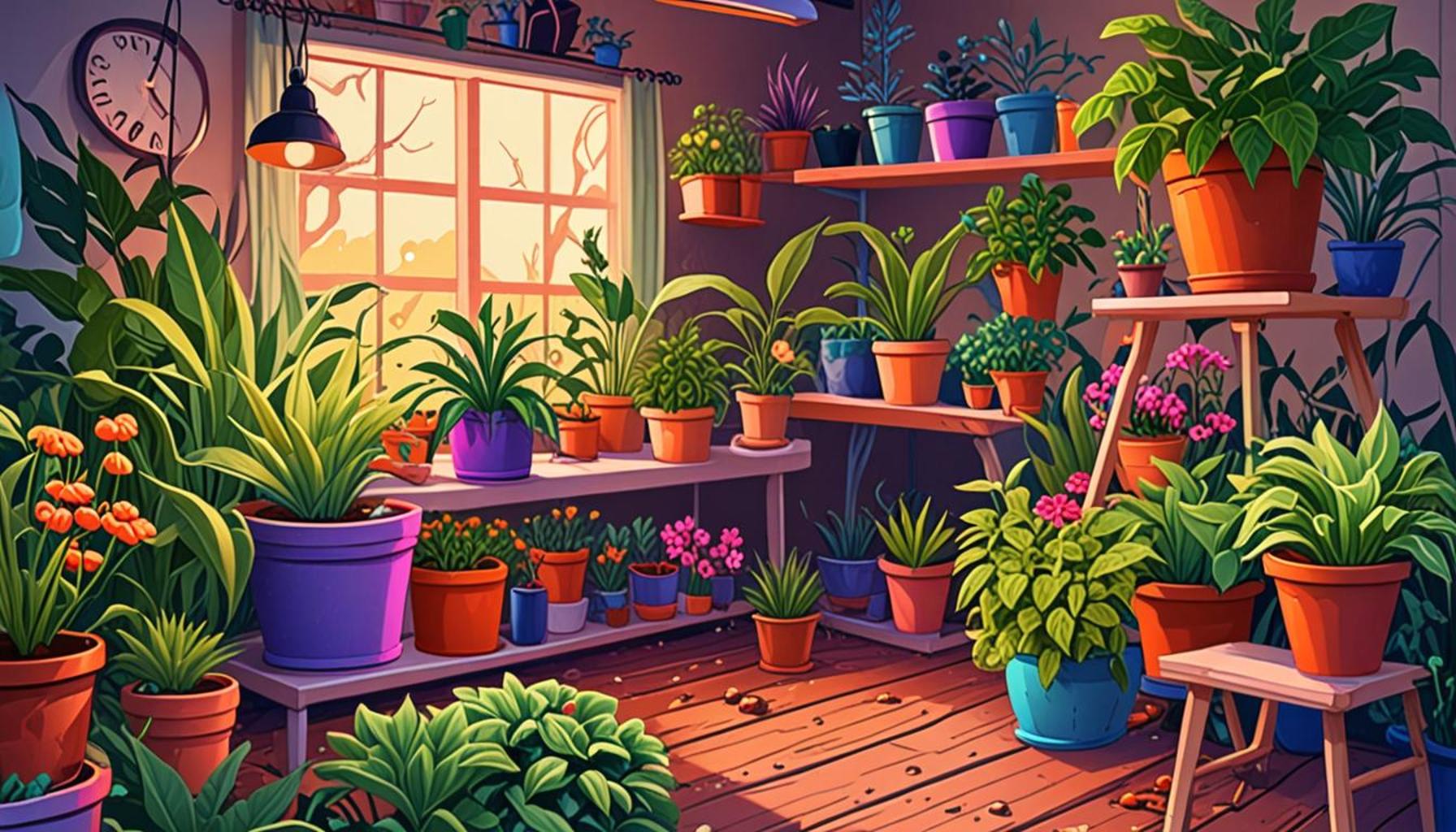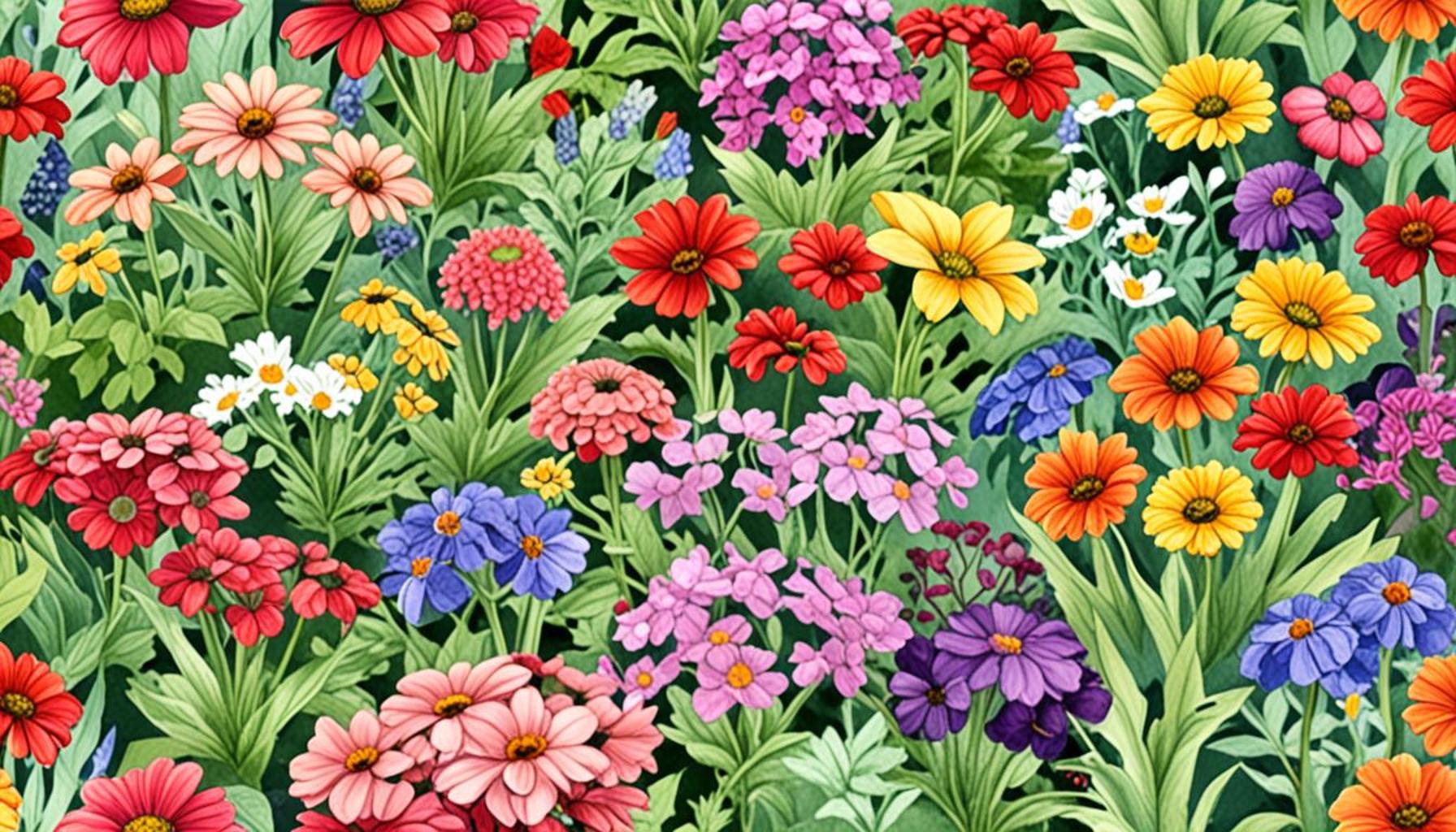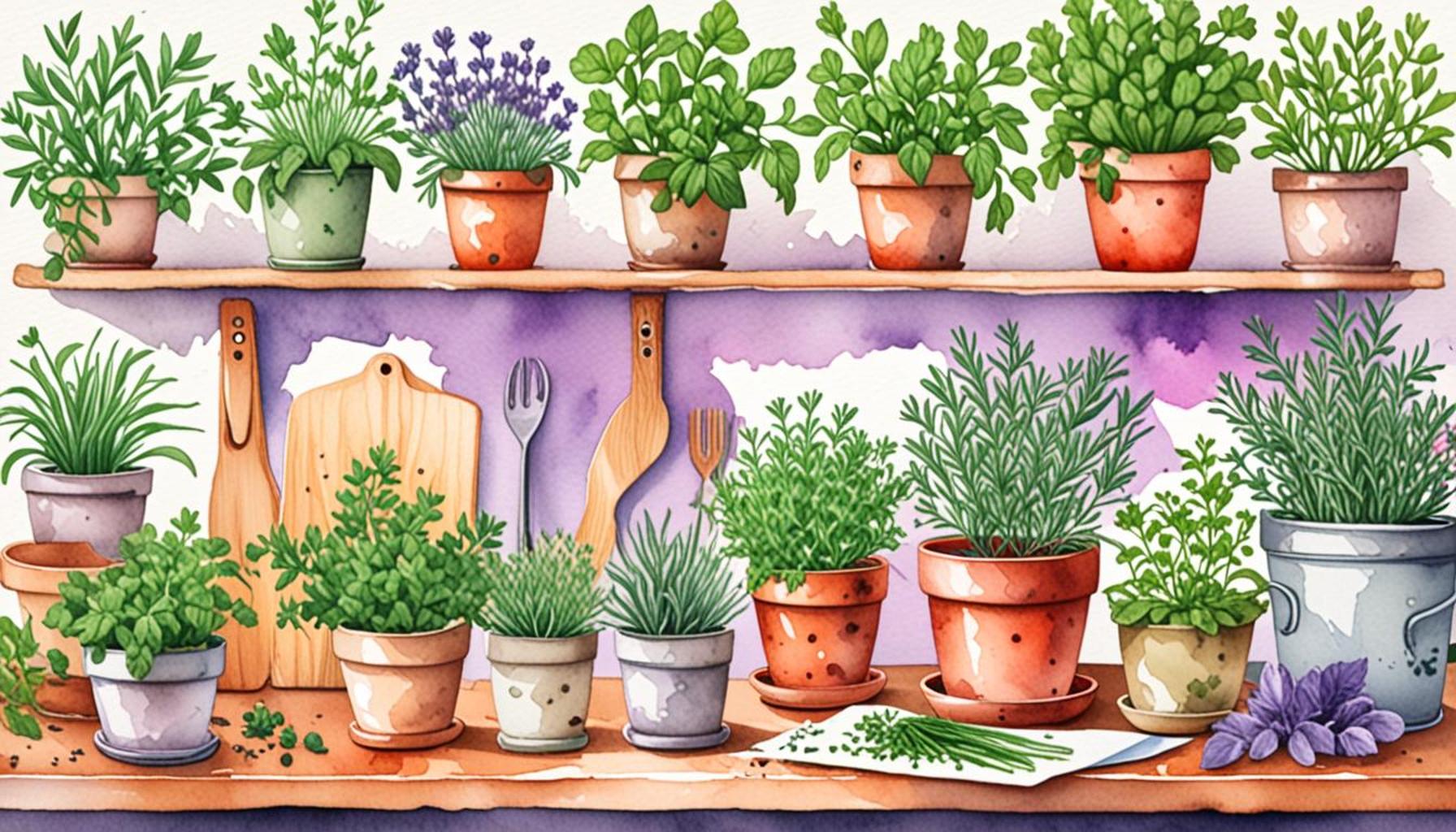How to Choose Plants That Thrive in Low Light for Beginner Gardeners

Unlocking the Secrets of Low Light Gardening
Finding the right plants for low light areas can be a challenge, especially for beginner gardeners. Whether your home is filled with shade or you’re simply looking to brighten up a dim corner, knowing which plants to choose is crucial. Fortunately, certain species thrive in low light conditions, making your gardening journey easier.
Why Low Light Plants?
Low light plants are perfect for spaces that lack direct sunlight. Here are some compelling reasons to consider them:
- Alleviate Indoor Air Quality: Many low light plants, such as the Peace Lily and Spider Plant, are known to filter toxins from the air. Studies from NASA have shown that certain houseplants can absorb harmful pollutants like formaldehyde and benzene, enhancing the overall air quality in your home.
- Adaptable and Hardy: These plants have evolved to withstand less light, which contributes to their resilience. For instance, the ZZ Plant is not only exceptionally tolerant to low light but also adapts well to varying humidity and temperature conditions.
- Decorative Appeal: Adding greenery to low-lit areas enhances your decor, bringing a refreshing element to the atmosphere. A simple corner filled with a few varieties of low light plants can transform a dull room into a vibrant space.
When selecting plants, look for characteristics that make them suitable for dim environments. Some key traits include:
- Low Light Tolerance: Plants like Snake Plants and Pothos excel in low light, making them popular choices among indoor gardeners. These plants can thrive with minimal sunlight, providing a lush appearance without demanding too much care.
- Compact Growth: Choose varieties that don’t grow too large for smaller spaces. The Bird’s Nest Fern, for example, remains compact and perfect for desktops or small surfaces.
- Moisture Retention: Plants such as the Cast Iron Plant and the Chinese Evergreen can survive with less water, making them ideal for low light settings where soil may remain damp for longer periods.
Understanding these essentials will set the foundation for a successful gardening experience. Additionally, factors like proper potting, drainage, and occasional feeding with a balanced fertilizer can further enhance the health of your plants.
Now, let’s dive deeper into how to select the perfect plants for those shadowy spots! Research local gardening centers or online nurseries to find the best varieties suited for your specific conditions, and don’t hesitate to ask gardening experts for advice tailored to your unique situation.
DISCOVER: Click here for expert tips on fruit storage and preservation
Choosing the Right Low Light Plants
As you embark on your gardening journey in dimly lit spaces, the first step is understanding which plants can flourish without abundant sunlight. The key lies in their natural adaptations and care requirements. Below, we explore essential factors to help you choose the perfect low light plants that are not only easy to maintain but also stylish.
Key Characteristics of Low Light Plants
When selecting low light plants, take into account their unique characteristics that allow them to thrive in shaded areas. Here are some vital traits to consider:
- Light Adaptability: Look for plants specifically labeled as low light tolerant. Varieties such as the Snake Plant, Pothos, and Philodendron are well-known for their ability to thrive with minimal illumination, making them excellent choices for any beginner gardener.
- Leaf Structure: Plants with larger, broader leaves are often better at absorbing available light. This means they can create energy even in those less-than-ideal light conditions. For example, the Peace Lily not only offers striking white blooms but also has broad leaves that make the most out of low light.
- Growth Habit: Compact plants can fit snugly into low-light corners without overwhelming the space. The Bird’s Nest Fern and Chinese Evergreen are great examples of plants that maintain a manageable size while providing lush greenery.
- Soil Preference: Pay attention to the soil requirements of your chosen plants. Some low light plants, like the Cast Iron Plant, are forgiving of a variety of soil types, while others may need specific conditions to retain moisture without becoming waterlogged.
Furthermore, consider the environmental conditions of your home. Many low light plants appreciate humidity, so placing them in kitchens or bathrooms can create a more favorable environment. If your area is dry, occasional misting or utilizing a humidifier can further bolster your plants’ health.
Don’t forget to keep an eye on the watering schedule. Low light plants typically require less frequent watering, as decreased sunlight means slower drying of soil. Overwatering is one of the most common mistakes made by beginner gardeners in low light situations.
Creating a Vibrant Low Light Garden
Now that you understand the essential characteristics of low light plants, it’s time to get creative. Grouping different textures and shapes can create a stunning visual impact in shaded areas. Consider mixing plants such as Spider Plants, known for their cascading leaves, with upright varieties like the ZZ Plant. This can result in an eye-catching display that brings life to dim corners!
Take advantage of vertical space as well! Wall-mounted planters and hanging baskets can make use of the space above floor level, allowing your low light plants to thrive while preserving valuable surface area.
Stay tuned as we continue to explore practical tips and insights to help you nurture your low light garden, making gardening a rewarding adventure!
Choosing the Right Plants for Low Light Conditions
When it comes to selecting plants that flourish in low light, it is essential to consider their individual characteristics, growth patterns, and maintenance needs. For beginner gardeners, understanding which plants can adapt to these conditions can simplify the gardening process and lead to successful plant growth. Many low-light plants have evolved to thrive in the understory of forests, making them perfectly suited for indoor environments with limited sunlight. Peace Lilies and Snake Plants are two excellent examples. The Peace Lily not only tolerates shade but also showcases beautiful white blooms, bringing a hint of elegance to any space. On the other hand, Snake Plants are nearly indestructible; their ability to purify the air and survive on minimal water makes them a perfect choice for those new to gardening.It’s also important to consider the maintenance levels of these plants. Many low-light species can survive in neglectful conditions, requiring minimal watering and care. For example, Pothos, a popular choice among beginner gardeners, can thrive in indirect light and only requires watering when the top inch of soil feels dry. This resilience can build the confidence needed to continue gardening and experiment with less forgiving plants in the future.Moreover, knowing the location within your home can aid in plant selection. North-facing windows often provide the least light, making it essential to choose plants adapted to these conditions. Areas such as bathrooms with lower light but higher humidity can also support specific plants like Boston Ferns or Philodendrons, both of which thrive in such environments.Lastly, it’s recommended to rotate your plants occasionally to ensure they all receive equitable light exposure. This not only promotes balanced growth but also enhances the aesthetic appeal of your gardening space.By keeping these factors in mind, beginner gardeners can make informed decisions and create a thriving indoor oasis, even in low-light situations.
| Category | Advantages |
|---|---|
| Low Maintenance Requirements | Plants like Snake Plants and Pothos thrive with minimal care, making them perfect for beginners. |
| Air Purification | Many low-light plants, such as Peace Lilies, enhance indoor air quality while being visually appealing. |
By understanding and selecting appropriate plants, novice gardeners can embark on a rewarding journey that not only beautifies their space but also promotes their well-being.
DON’T MISS OUT: Click here to discover the impact of proper harvesting
Maintenance and Care for Low Light Plants
After selecting your low light plants, the next step for beginner gardeners is understanding proper maintenance and care to ensure these green companions stay healthy and vibrant. This involves not only watering and fertilization but also keeping an eye on factors that contribute to their overall wellbeing.
Watering Techniques
Since low light plants typically require less water due to decreased evaporation rates in shadier environments, it’s essential to develop a mindful watering process. A common guideline is to stick your finger into the soil up to the first knuckle; if it feels dry, it’s time to water. Additionally:
- Drainage: Always ensure your pots have drainage holes. Overwatering can lead to root rot, which is detrimental to plant health.
- Water Quality: Use room temperature water if possible. Cold water can shock the plants, especially those accustomed to warmer humidity from their native habitats.
Fertilization Strategies
Low light conditions often mean that plants grow more slowly, which may lead beginner gardeners to overlook fertilization. However, fertilizing during the active growing season (usually spring and summer) once a month with a diluted, all-purpose houseplant fertilizer can make a significant difference. It’s also worth noting:
- Organic Options: Consider using organic fertilizers such as worm castings or compost tea that can provide essential nutrients while promoting healthy soil biology.
- Foliar Feeding: Another effective method is foliar feeding, which involves spraying a diluted nutrient solution directly on the leaves for quick absorption, making it a great option for plants in low light.
Pest Control and Disease Prevention
While low light plants are generally hardy, they are not immune to pests like aphids or spider mites, which may thrive in the humid environments where these plants are often found. Here are some tips to keep pests at bay:
- Regular Inspection: Make it a habit to check the undersides of leaves and the soil for any signs of pests. Early detection is crucial for successful management.
- Natural Remedies: Instead of reaching for chemical pesticides, try using neem oil or insecticidal soap, both of which are effective yet safe options for indoor plants.
Repotting and Pruning
Repotting is essential for maintaining plant health, even for low light varieties. Signs that repotting is needed include roots growing out of the drainage holes or stunted growth. When repotting, choose a pot that is one size larger and refresh the soil. In addition:
- Pruning: Regularly prune any yellowing or dead leaves to encourage new growth and improve airflow around the remaining healthy foliage.
- Seasonal Changes: Be mindful of seasonal changes that may affect your plants. In winter months, growth typically slows down, reducing water and nutrient needs, while in spring, you may notice a thriving comeback requiring increased care.
By embracing these maintenance strategies, beginner gardeners can confidently foster low light plants, turning them into flourishing focal points in their homes. Understanding and responding to their specific needs will ensure that your indoor garden not only survives but thrives!
DON’T MISS: Click here to learn about seasonal soil preparation
Unlocking the Potential of Low Light Gardening
Embarking on an indoor gardening adventure opens up a world of possibilities, particularly when you choose the right plants suited for low light conditions. The charm of plants like snake plants and ZZ plants lies in their resilience and adaptability. Snake plants, for example, are not only known for their striking upright leaves but are incredibly efficient at purifying the air, making them an excellent choice for bedrooms and living rooms with limited sunlight. Similarly, ZZ plants thrive in low-light environments and require minimal watering, making them a favorite among busy plant parents.
Yet, the journey of indoor gardening doesn’t merely lie in the selection of plants; it delves deeper into their maintenance requirements. Understanding the watering needs of your plants can significantly influence their health. For instance, overwatering is a common pitfall that can lead to root rot. It’s wise to check the soil moisture before adding more water. Additionally, organic fertilizers can provide necessary nutrients, supporting the growth of robust foliage and vibrant connections between roots and soil.
Staying vigilant against pests such as spider mites and mealybugs is crucial in maintaining a thriving indoor ecosystem. Regular insect checks, removal of infested leaves, and application of organic insecticides can keep these nuisances at bay. Furthermore, engaging in regular pruning not only fosters bushier growth but also encourages healthier plants by eliminating any dead or dying foliage.
As you cultivate your indoor garden, remember that patience and observation are vital. Plants are dynamic beings that react to their environment. By monitoring their growth and responding promptly to their needs, you begin to understand their rhythms and quirks. Each new leaf can serve as a rewarding affirmation of your care and commitment to becoming a more adept gardener.
Your exploration into low light gardening may very well ignite a growing passion for plant care. It’s a rewarding engagement that not only beautifies your space but can also enhance your overall wellbeing. Evidence suggests that indoor plants can reduce stress and improve air quality, contributing to a healthier living environment. So, equip yourself with knowledge, gather your pots and soil, and embark on this verdant journey—your blossoming adventure awaits!


